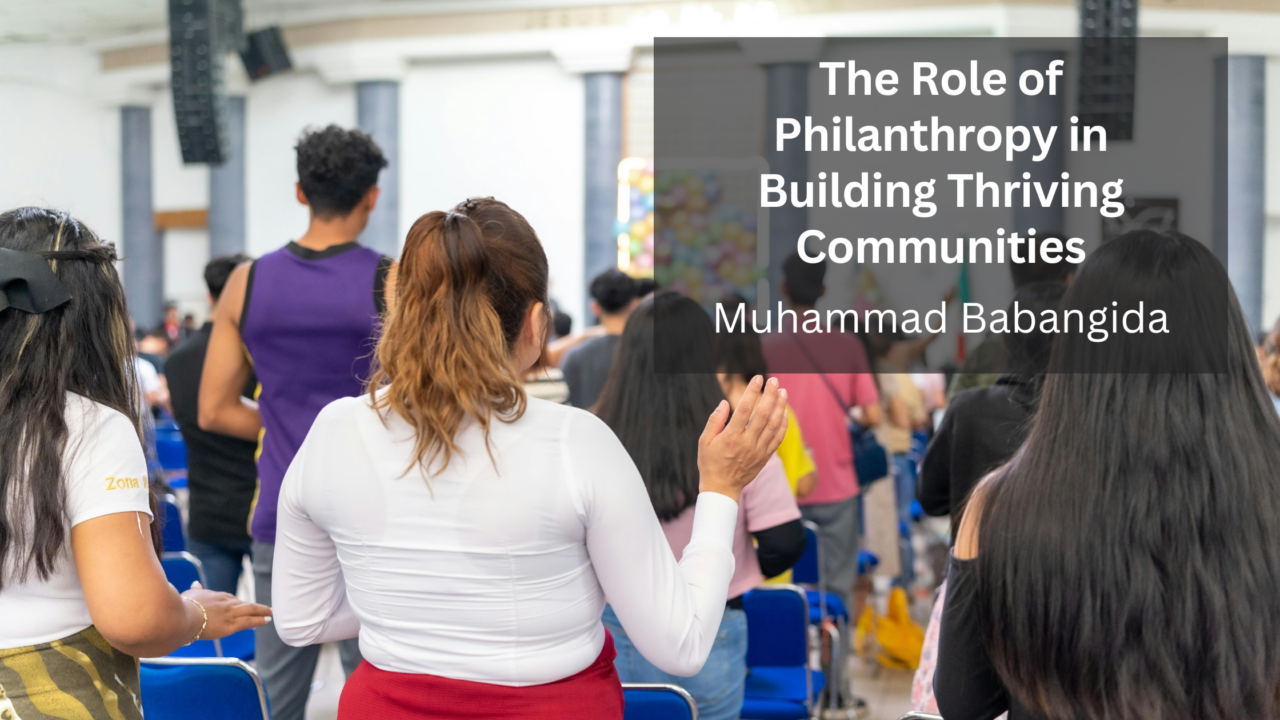Philanthropy plays a crucial role in shaping thriving communities. While government programs and private businesses often drive economic growth, it’s the generous contributions of individuals, foundations, and organizations that can fill in the gaps, supporting local initiatives and empowering communities to flourish. Through donations of time, money, and resources, philanthropists help create stronger, more resilient communities that thrive on shared values and mutual support.
1. Addressing Immediate Needs and Providing Relief
One of the primary ways philanthropy helps build thriving communities is by addressing immediate needs. In times of crisis—whether due to natural disasters, economic downturns, or public health emergencies—philanthropic organizations step in to provide vital relief. Donors fund disaster response efforts, food banks, shelters, and healthcare services, ensuring that people who are most affected by these crises receive the support they need to survive. This quick and efficient response helps communities recover and rebuild, creating a stronger foundation for long-term prosperity.
2. Supporting Education and Skill Development
Education is a cornerstone of any thriving community, and philanthropy is often at the forefront of supporting educational initiatives. From funding scholarships to investing in early childhood programs and after-school activities, philanthropists help ensure that all members of the community have access to quality education. Additionally, philanthropy plays a role in skill development programs that provide individuals with the tools they need to succeed in the workforce. By creating pathways to learning and skill-building, philanthropy equips individuals with the resources to improve their lives and contribute to the community’s overall success.
3. Enhancing Community Well-being
Philanthropy also contributes to the overall well-being of a community. Donations help fund mental health services, addiction recovery programs, recreational facilities, and cultural enrichment activities. By supporting programs that improve physical, mental, and emotional health, philanthropists foster a sense of belonging and happiness within communities. When individuals feel supported and valued, they are more likely to engage in community-building activities, volunteer, and create positive change. A healthy, connected community is one where people can thrive both individually and collectively.
4. Creating Long-Term Sustainability
Beyond addressing immediate needs, philanthropy often invests in long-term sustainability projects. Donors and philanthropic organizations fund initiatives that aim to preserve the environment, promote affordable housing, and support local businesses. These efforts create the infrastructure necessary for communities to grow and thrive for generations to come. By focusing on long-term goals, philanthropists help build communities that are not only prosperous today but are well-equipped to face future challenges.
5. Encouraging Civic Engagement and Social Responsibility
Philanthropy also plays a role in encouraging civic engagement and social responsibility. By supporting local nonprofits, community leaders, and social entrepreneurs, philanthropists inspire others to take action. Philanthropy fosters a culture of giving, where individuals feel empowered to contribute to causes they care about, whether through volunteering, donations, or advocacy. This sense of collective responsibility strengthens communities, encouraging collaboration and a shared vision for a better future.
Conclusion
Philanthropy is an essential pillar in building thriving communities. By addressing immediate needs, supporting education and skill development, enhancing well-being, promoting sustainability, and encouraging civic engagement, philanthropy plays a vital role in creating communities where individuals can thrive. As philanthropists continue to invest in the future of communities, their contributions help lay the groundwork for a more prosperous, inclusive, and resilient society.
